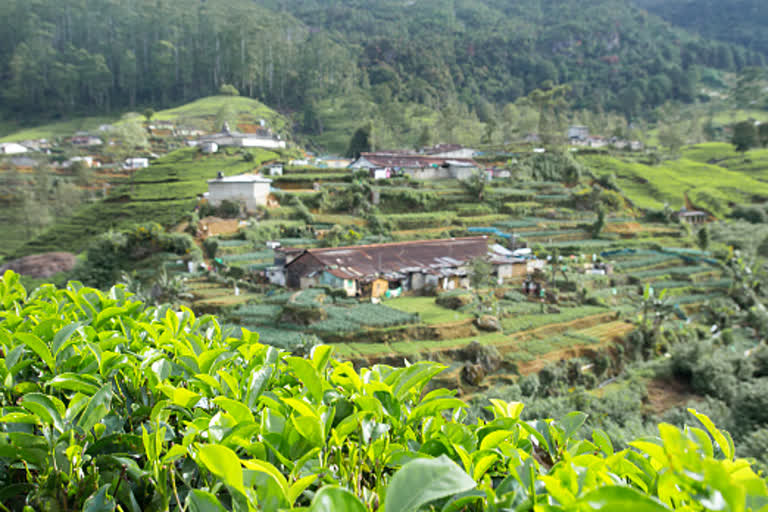Guwahati: The tea industry has been under severe stress with increasing production costs and stagnating prices, which threatened the long term viability of the sector, its stakeholders claimed here on Tuesday.
Domestic consumption and exports have not picked up with a rapid increase in production, leading to an oversupply situation in the sector, they said.
"The sector is reeling under cost pressures due to price stagnation in the backdrop of increasing cost of production, the mismatch between demand-supply, high transaction costs, challenges for fair price discovery at the auctions and climate change problem," Indian Tea Association (ITA) Secretary Abhijit Sharma said at a press meet here.
Providing direct employment to 1.2 million people and supports to over three million dependents of tea garden workers with women accounting for 50 per cent of the employment, the tea sector is confronted with several challenges which are threatening the long term viability of the industry, said members of the Consultative Committee of Plantations Associations (CCPA).
Sharma enumerated the challenges as stagnant tea prices vis-a-vis rising cost, causing "severe stress to the tea sector".
The average tea auction price in Assam was Rs 150 per kg in 2014 and all India price was Rs 130.90 per kg, Sharma said adding the price rose only to Rs 156.43 and Rs 138.83, respectively in 2018.
Read More: RBI blasts banks on poor compliance; blames it for frauds
Wages for tea garden workers increased by around 22 per cent in 2018 in Assam, thereby increasing the financial stress of the industry further, he added.
North Eastern Tea Association (NETA) Chairman Nepul Saikia said another challenge is an oversupply of tea with country's tea production growing significantly over the last decade from 979 million kg in 2009 to 1339 million kg in 2018 with the increasing contribution from the small tea growers.
Read More: IRCTC to run two more Tejas trains
Per capita domestic consumption at 786 gms per year is low, compared to some other tea consuming countries, he said adding the consumption needs to be increased.
To deal with oversupply, he suggested there is a need to boost exports from the present level of 256 million kgs.
India's product mix is predominantly CTC (Crush, tear, curl) with orthodox production comprising 10-12 per cent of the total production, tea planters said.
With growing global demand for orthodox or green tea varieties, a correction of the product mix is required with higher orthodox production, Saikia said, adding that the high cost of orthodox production vis-a-vis CTC and inadequate incentivization are major deterrents.
Indian exporters also "face cost disadvantages" in the global markets by way of higher transaction costs including inland transportation costs, freight, terminal handling charges, said Bidyananda Barkakoty, Advisor to NETA.
He suggested that restoration of demand-supply equilibrium by boosting exports and domestic consumption, review of the policy on expansion of tea areas could be of help.
He also said there is a need for a minimum benchmark price for green leaf, auction reforms, a financial package for the tea industry.



